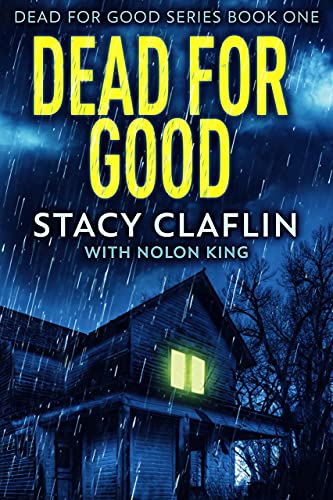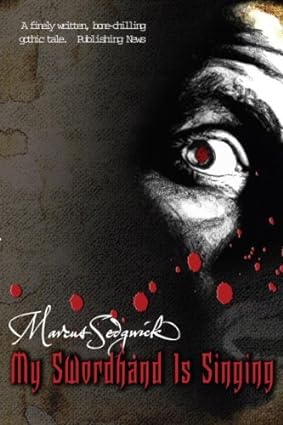 Book Title: My Swordhand is Singing
Book Title: My Swordhand is Singing
Author: Marcus Sedgwick
AMAZON DESCRIPTION:
WHEN TOMAS AND HIS SON, Peter, settle in Chust as woodcutters, Tomas digs a channel of fast-flowing waters around their hut, so they have their own little island kingdom. Peter doesn’t understand why his father has done this, nor why his father carries a long, battered box, whose mysterious contents he is forbidden to know.But Tomas is a man with a past: a past that is tracking him with deadly intent, and when the dead of Chust begin to rise from their graves, both father and son must face a soulless enemy and a terrifying destiny.
WHY I CHOSE THIS BOOK: I’m always interested in why book reviewers choose the books they do, so I’ll reveal the reason behind my own choice. This book came up in a “Best Vampire Books” video I watched. I expected a “classic vampire book” as I started the book, but it wasn’t that at all.
MY REVIEW AS A READER: The story unfolded as more of a old-lore fairytale, a moral tale, that had a twist of vampire-like happenings in it. Vampires were barely mentioned by name. I like books that are written in a fairytale style so I kept reading. I especially like books that have some kind of moral ribbon running through it or at least a reference to a spiritual dimension. This book had all of the above.
I enjoyed the book and it was a fairly easy read. There was an unexplained box that was referenced and this held my interest and kept me reading. I won’t give anything away about the box, but it served as the ribbon of suspense that did run through the entire book.
It’s hard for me to comment on the writing as I’m still studying “fairytale writing” itself. The prose held the storybook style the entire way through so I give the author an A+ for that.
REVIEW AS AN AUTHOR: As I read, I paid particular attention to see how this fairytale style is done but I can’t yet put my finger on it. I did notice that the characters were only two-dimensional. They had their role to play in the plotline plus one thin layer of history that conjured up sympathy, compassion or empathy. I did notice that. There was distance between the reader and the soul of the character. I would love to discuss this with other authors, so if anyone else is interested in this style of writing, email me and let’s discuss it!
The author did a great job in recreating the lifestyle of woodcutters in the ancient world. The scenes were vivid and had a bit of a Charles Dickens feel to them. As an author, I think this is hard to do and I do take my hat off to Marcus Sedgwick for his writing style.
There was a band of gypsies in the story and their caravan and scenes were written very well. This too kept with the fairytale genre without seeming stereotypical. I can tell as an author that there was research done regarding “gypsies during ancient times”.
I plan to look through the book again and reanalyze some of the writing style to see what else I can learn about writing in the fairytale style.
THE BAD REVIEWS:
I always like to check author’s bad reviews after any book I read. I like to see if there there is any legitimate criticism. I find most bad reviews are just snotty comments made by readers in bad moods. But occasionally, I will find one with at least some critical value. The only 3-star review with a comment was that the reader was expecting a classic vampire story. I did have the same unmet expectation in this book. However, I was able to shift into this fairytale for what it had to offer.
I’ve also learned the hard way as an author myself that it’s important to let the readers know ahead of time what the book will be like because not everyone is okay to go into a book with one set of expectations and be able to shift into enjoying the book anyway. This 3-star review confirmed it. It seemed that the only reason for the lackluster review was this disappointment.
SOME TURN OF PHRASES I NOTED:
- “She had eyebrows like a man’s that seemed fixed perpetually in a scowl.”
- “Do not trespass on my patience.”
- “She was still dressed in mourning weeds.”
- “The trunk where he’s been chopping gave a deafening crack, as if lightening had struck nearby.”

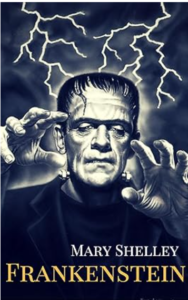
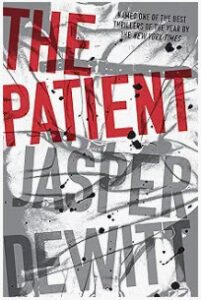
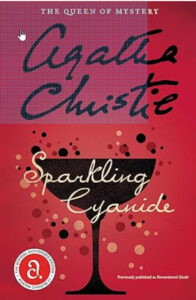
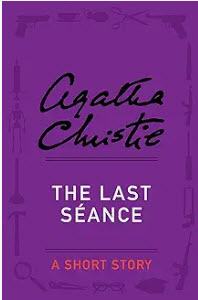
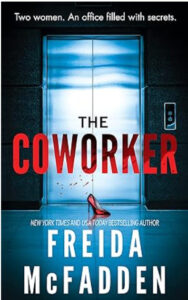
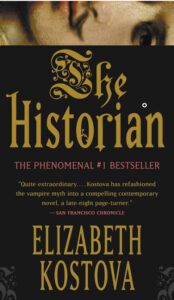
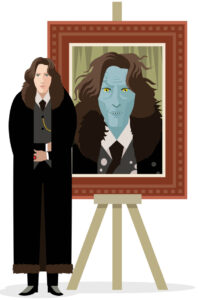
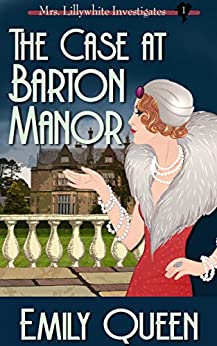 This is not so much a book review of the story written by Emily Queen, but more about what I, as an author, learned from reading it. To me, this fits more into a reader’s diary, but I’m calling it a book review more to categorize it for my blog readers. The name of the book is
This is not so much a book review of the story written by Emily Queen, but more about what I, as an author, learned from reading it. To me, this fits more into a reader’s diary, but I’m calling it a book review more to categorize it for my blog readers. The name of the book is 